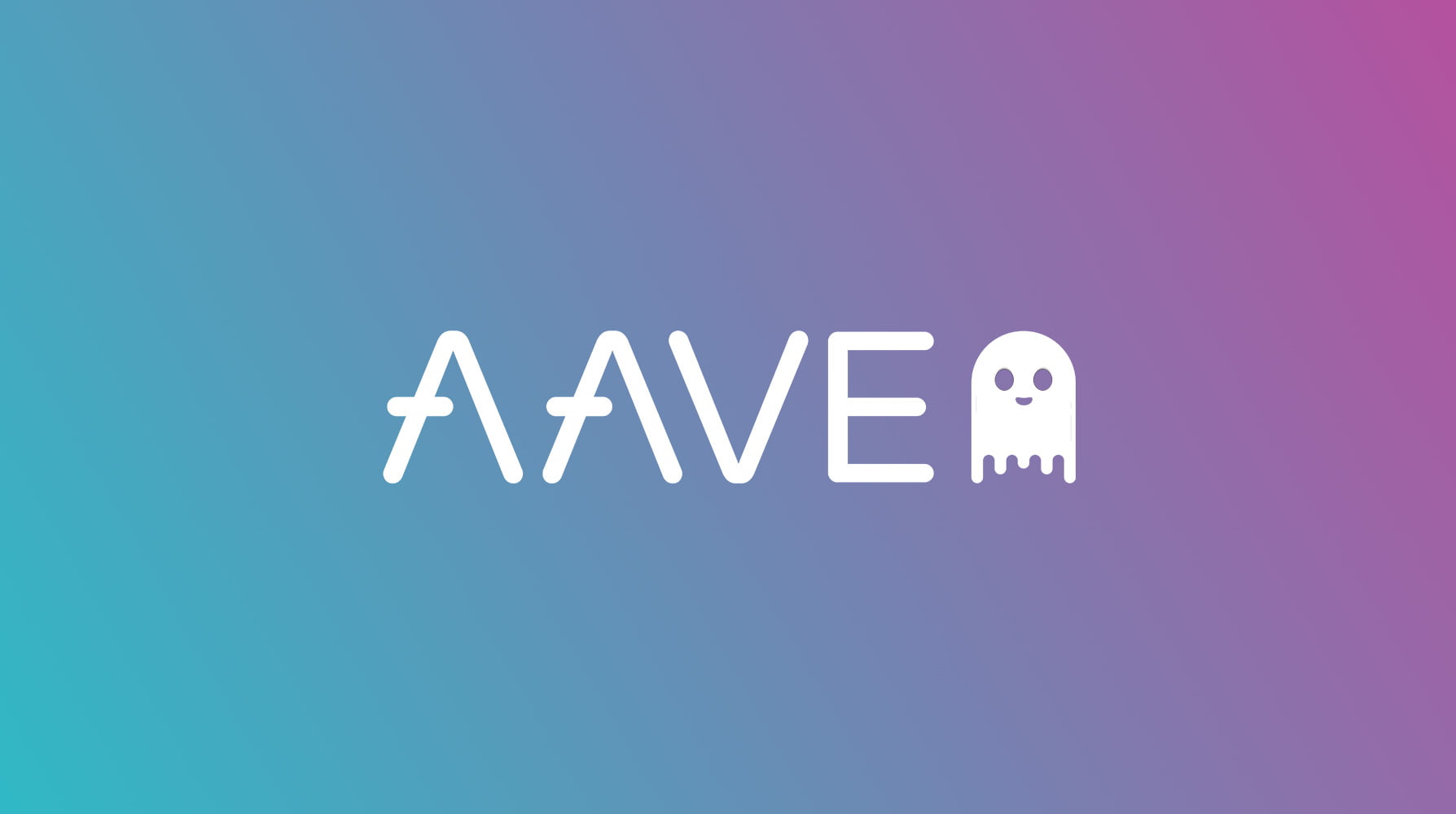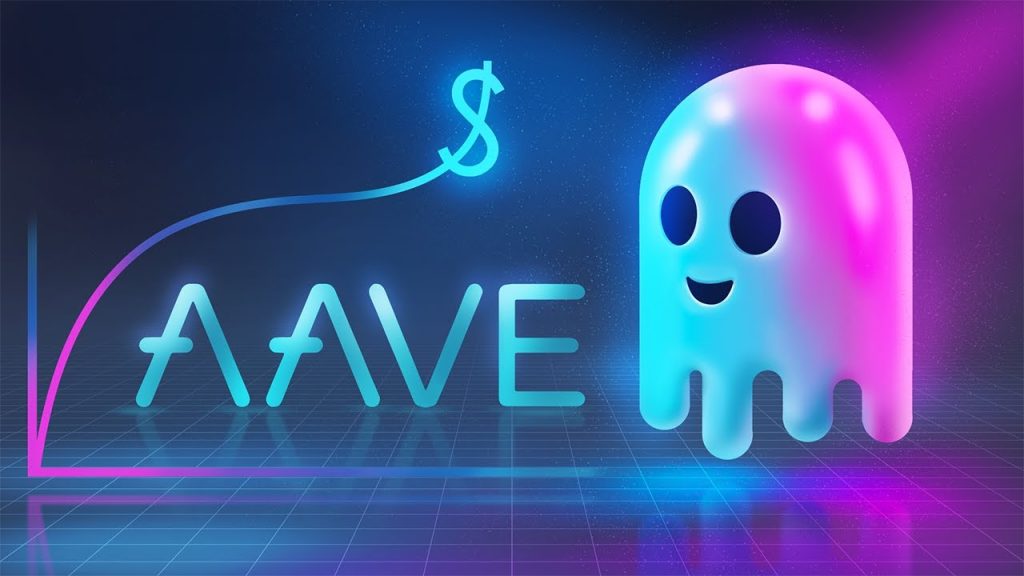
James Carter
what is Aave?: A Comprehensive Overview

Decentralized Finance (DeFi) has emerged as a groundbreaking ecosystem within the blockchain space, enabling individuals to access financial services without intermediaries. Aave (AAVE) is a prominent player in the DeFi landscape, providing users with innovative lending and borrowing protocols. In this article, we will explore Aave in depth, covering its background, key features, functionality, security measures, governance model, impact on DeFi, potential risks, future developments, and more.
What is Aave?
Aave was founded in 2017 by Stani Kulechov and initially launched as ETHLend, a platform focusing on peer-to-peer lending using Ethereum as collateral. The project underwent a rebranding and evolved into Aave, which became one of the pioneering DeFi protocols. Aave has gained recognition for its exceptional team, which includes experienced professionals and notable contributors from the blockchain and finance industries. The project’s token distribution also took place through an Initial Coin Offering (ICO) in 2020, allowing participants to acquire AAVE tokens.
Key Features and Functionality
Aave offers a range of features that set it apart in the DeFi space. At its core, Aave operates as a lending and borrowing protocol, facilitating interactions between liquidity providers and borrowers. Users can deposit their assets into Aave’s liquidity pools and earn interest, while others can borrow assets by providing adequate collateral. Aave’s key features include flash loans, interest rate swaps, and collateralized debt positions (CDPs).
Flash Loans:
Aave introduced the concept of flash loans, enabling users to borrow funds without requiring collateral. Flash loans provide a temporary loan facility, allowing users to execute complex transactions within a single Ethereum transaction. This feature also has unlocked numerous possibilities for arbitrage, liquidations, and other advanced trading strategies.
Interest Rate Swaps:
Aave offers interest rate swaps, allowing users to switch between fixed and also variable interest rates seamlessly. This flexibility empowers users to manage their exposure to interest rate fluctuations, enabling efficient risk management and optimal utilization of capital.
Collateralized Debt Positions (CDPs):
Also Aave’s collateralized debt positions enable users to borrow assets against their deposited collateral. The value of the collateral determines the borrowing capacity, ensuring a secure lending environment and reducing the risk of defaults.

How Aave Works
Aave leverages smart contract technology also facilitate lending and borrowing activities on its platform. The protocol operates through a system of liquidity pools, each consisting of various assets. Users can deposit their assets into these pools, which in turn enable other users to borrow those assets. Aaves employs a unique reserve mechanism to ensure liquidity within the pools and prevent insolvency.
Interacting with Aave involves a straightforward process. Users deposit their assets into Aave’s smart contracts, which issue corresponding interest-bearing tokens known as aTokens. These aTokens represent the user’s stake in the pool and accumulate interest over time. To borrow assets, users need to provide sufficient collateral, and they receive borrowed assets in the form of debt tokens.
Security and Auditing
Security is a paramount concern in the DeFi ecosystem, and Aave has taken several measures to protect user funds. Aave’s smart contracts undergo rigorous audits by reputable security firms to identify vulnerabilities and ensure the protocol’s robustness. Independent audits enhance transparency, instill trust, and provide users with assurance regarding the safety of their assets. Aave’s commitment to security includes regular bug bounty programs, where users and developers are incentivized to identify and report potential vulnerabilities.
Governance and AAVE Token
Aave employs a decentralized governance model, allowing token holders to actively participate in shaping the protocol’s future. The native token of the Aave ecosystem is AAVE, which serves multiple purposes within the platform. AAVE holders can stake their tokens to earn staking rewards and participate in governance decisions through voting on proposals. The governance model ensures that the Aave protocol remains adaptable, transparent, and responsive to the needs of its community.
Token economics play a vital role in the Aave ecosystem. AAVE tokens have a capped supply, and their distribution occurred through the ICO and subsequent token sales. Staking AAVE provides users with an opportunity to earn passive income through staking rewards, incentivizing participation and long-term commitment to the platform. Moreover, the governance aspect of AAVE enhances decentralization, allowing stakeholders to have a voice in determining the protocol’s direction.
Aave’s Impact on DeFi
Aave’s innovative lending and borrowing protocols have had a profound impact on the DeFi ecosystem. By introducing flash loans, Aave opened up new possibilities for developers, traders, and arbitrageurs, enabling them to execute complex strategies that were not feasible previously. Flash loans have facilitated efficient capital utilization and improved liquidity within the DeFi space.
Aave’s user-friendly interface and robust infrastructure have attracted a significant number of users, resulting in substantial growth in the platform’s total value locked (TVL). The TVL metric represents the total value of assets locked within Aave’s smart contracts, indicating the confidence and adoption of the protocol by the DeFi community. Aave’s success has also led to collaborations and integrations with other prominent DeFi platforms, further expanding its reach and influence.
Potential Risks and Challenges
While Aave has made significant strides in revolutionizing DeFi, it is essential to be aware of the potential risks and challenges associated with the protocol. Market and regulatory risks can impact the overall DeFi ecosystem, potentially affecting Aave’s operations. Additionally, as with any smart contract-based platform, Aave faces the risk of vulnerabilities and exploits. However, Aave has demonstrated a commitment to security by undergoing audits and implementing bug bounty programs to mitigate these risks.
Competition within the DeFi space is also a challenge. As the industry continues to evolve and mature, new protocols and platforms may emerge, offering similar or enhanced features. Aave must stay at the forefront of innovation and adapt to changing market dynamics to maintain its competitive edge.

Future Developments and Roadmap
Aave’s future developments are centered around continuous improvement and expansion. The protocol’s roadmap includes plans to enhance the user experience, introduce new features, and explore scalability solutions. Aave aims to optimize gas fees and transaction speeds, ensuring a seamless and cost-effective user experience. Additionally, the team is actively exploring layer-two scaling solutions to address the scalability challenges faced by the Ethereum network.
Collaborations and partnerships are also crucial for Aave’s growth. By integrating with other DeFi platforms, Aave can leverage synergies and broaden its reach, enabling users to access a wider range of assets and liquidity pools. Aave’s commitment to community engagement and feedback mechanisms ensures that user input plays a vital role in shaping future developments and priorities.
Summary
Aave has emerged as a leading DeFi protocol, providing users with advanced lending and borrowing mechanisms, unique features such as flash loans and interest rate swaps, and a decentralized governance model through the AAVE token. The protocol’s security measures, extensive audits, and bug bounty programs instill confidence in its users. Aave’s impact on the DeFi ecosystem is evident through its contribution to liquidity, growth in TVL, and collaborations with other platforms.
As Aave continues to innovate and adapt to the evolving DeFi landscape, it remains well-positioned to drive further advancements in the industry. The protocol’s focus on user experience, security, and also governance ensures a robust and user-centric ecosystem.
However, it is important to recognize the potential risks and challenges that Aaves and the broader DeFi ecosystem face. Market volatility, regulatory changes, and smart contract vulnerabilities can pose risks to users’ funds and the overall stability of the protocol. It is crucial for users to exercise caution, conduct thorough research, and understand the risks involved before engaging with any DeFi platform, including Aaves.
Aave’s future developments and also roadmap demonstrate a commitment to continuous improvement and scalability. By addressing challenges related to gas fees and transaction speeds, Aaves aims to enhance the accessibility and efficiency of its platform. Additionally, collaborations and partnerships with other DeFi projects can lead to synergistic growth and the expansion of Aave’s offerings.
Latest
Blockchain
09 May 2024
Blockchain
19 Apr 2024
Blockchain
16 Jan 2024
Blockchain
31 Aug 2023
Blockchain
24 Jun 2023
Blockchain
24 Jun 2023













